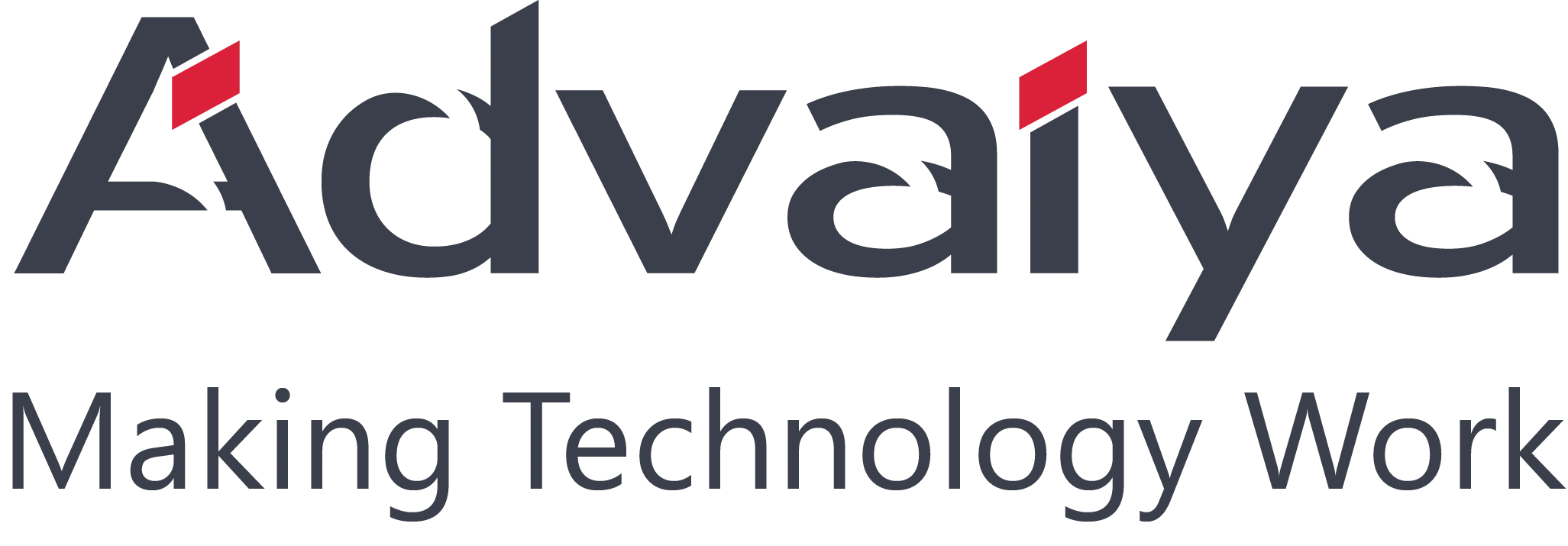- January 30, 2023
- Advaiya
- Big data analytics, Data analytics, data analytics consulting, Data analytics in oil and gas industry, Data analytics in oil and natural gas industry, Digital Transformation, Predictive analytics tools
The oil and natural gas industry is heavily driven by data. Everything from the drilling rigs to the pipelines to the refineries and beyond has to be closely monitored. This is after all dealing with the most precious of natural resources. Companies in the oil and gas sector are constantly trying to find new ways to better their performance through more updated systems and modern methods. There’s a lot of logistics and process control involved which employs sensors, gauges and other infrastructure to collect the data across the system.
Data can be collected in a variety of formats, including structured, unstructured and semi-structured data. However, data is not of much value unless it's broken down and examined. The oil and gas industry uses large amounts of continuous data for various purposes.
Real-life use cases of data analytics in the oil and gas industry
Data analytics is a major skill set in the oil and gas sector, whether it's for the improvement of ROI or for health, safety and environmental measures. Processes in the oil industry depend on the ability to understand and predict future supply, demand and production challenges. This is why many oil companies have found it beneficial to invest in advanced analytics and forecasting. Due to the industry's increasing dependence on data and the need for new frontiers in research and production, oil and gas have realized the importance of state-of-the-art analytics.
Reduce production costs
Many factors have an impact on the overall finances when it comes to oil and gas industry production costs. The production costs of oil and gas companies are affected by logistics, drilling wells, and laying pipelines. Data analytics for oil and gas increase production efficiency. This is used to lower or stabilize production costs. Companies use rock analysis techniques to locate reservoirs. Predictive analytics tools are used to process data from nearby oil wells. This allows oil production data to be paired with a downhole to adjust the boiling strategy.
Increase equipment life span with predictive analytics
Shell collects tons of sensor data and performs advanced analysis on the machinery at drilling sites to improve performance and determine what equipment needs maintenance. This results in a longer drilling duration and fewer stops. Shell is the only company to have saved over $1,000,000 using sensor analytics.
Reduce net carbon footprint
According to Shell's most recent sustainability report, the company supports the vision of a net zero emissions energy system. The company intends to reduce emissions by using carbon capture and storage technology powered by big data software.
Ensuring worker safety
One of the most important concerns in the oil and gas industry is the safety of workers and the environment during drilling. There is always the risk that employees may be permanently or fatally harmed by hazardous fumes when they are being extracted. Oil and gas companies use Big Data and predictive analytics to find new sources of oil or gas. This is without the need to undergo potentially dangerous procedures in order to reduce this risk.
Oil and gas data analytics for upstream, midstream and downstream optimization:
Sector upstream
- Manage seismic data.
Upstream analytics starts with the acquisition of seismic data (collected using sensors) over a potential area for searching for petroleum sources. After the data has been collected, it is processed to identify a site for drilling. You can combine seismic data with other data sets, such as historical data from a company on past drilling operations, research data, and so forth to determine the oil and gas content of oil reservoirs.
- Optimize drilling processes.
To optimize drilling operations, you can customize predictive models to predict potential equipment failures. The equipment is equipped with sensors that collect data during drilling operations. These data are combined with metadata about the equipment (model, operational settings etc.). This data is then run through machine learning algorithms to determine usage patterns most likely to lead to breakdowns.
- Improve reservoir engineering.
There are many downhole sensors available (temperature sensors and acoustic sensors, among others). Companies can collect the data they need to increase reservoir production. Companies can use data analytics solutions to develop reservoir management apps to gain timely and actionable information on changes in reservoir pressure, temperature and flow. This will allow them to improve their reservoir performance and profitability.
Sector midstream
The logistics of the petroleum industry are extremely complex. It is important to minimize risk and ensure that oil and gas are transported safely. To ensure safe logistics, companies use sensor analytics. Predictive maintenance software analyses sensor data from tankers and pipelines to identify abnormalities such as fatigue cracks, stress corrosion, seismic ground movement, etc. This allows for the prevention of accidents.
Downstream
The downtime of machinery in industries is an unplanned event that interrupts production for a period. This could happen for any reason, including malfunction, repair or changeover of equipment or tools. Oil and gas industries use predictive analytics to forecast downtime. They do this by using simulation data that builds prediction data. Predictive maintenance techniques are used by oil and gas companies to reduce the cost of unexpected reactive maintenance. These forecasts give updates about optimizing downtimes for large-scale maintenance operations well before the downtime event occurs. This could help protect machinery and reduce production losses.
Unlock big data potential to leverage data better
Data analytics allows companies to transform huge datasets into sound oil-and-gas exploration decisions. This results in lower operational costs, longer equipment life, and a lower environmental impact.
Advaiya's data analytics consulting team can help you secure the benefits mentioned above.
For more information about our Oil and Gas data analytics solutions, schedule a free consultation.

Chiranjibi Kunda
Chiranjibi Kunda is an Associate in BI & Analytics team at Advaiya. He is a Microsoft certified data analyst specialized in analytics, reporting and analytical tools that work seamlessly with business intelligence, data warehousing, architecture, data modelling, and cloud solutions to create effective solution models and optimize the operations.
Posted by Advaiya
Big data analyticsData analyticsdata analytics consultingData analytics in oil and gas industryData analytics in oil and natural gas industryDigital TransformationPredictive analytics tools




